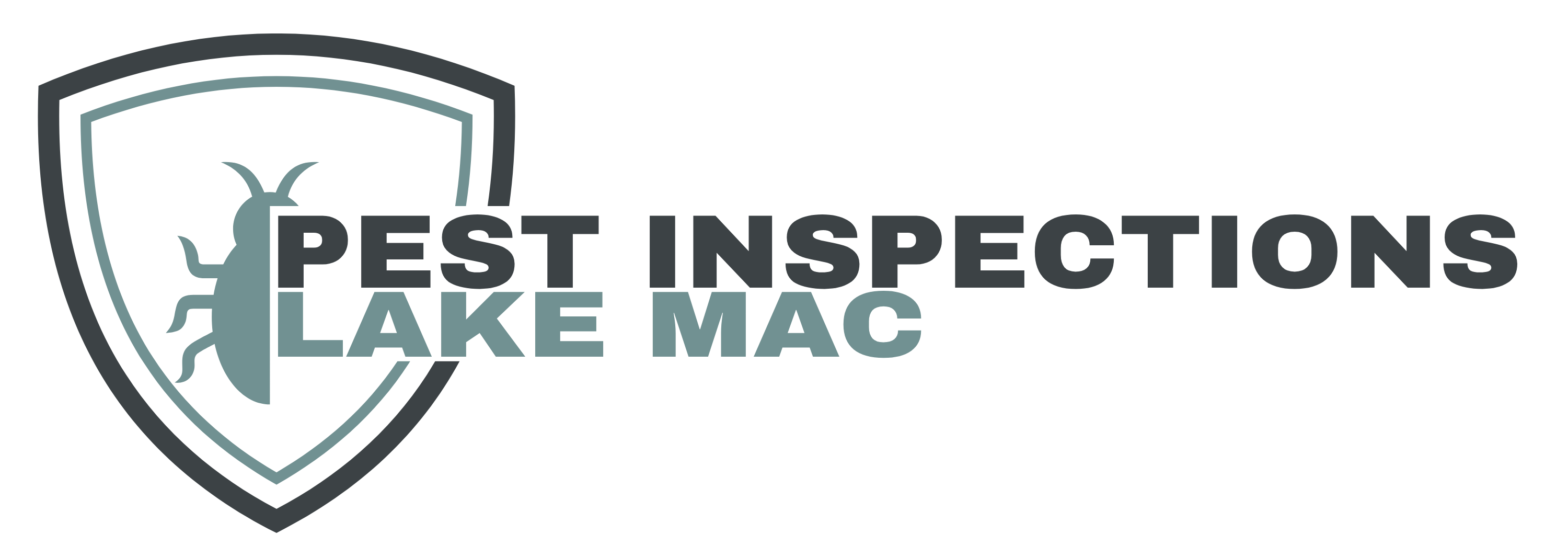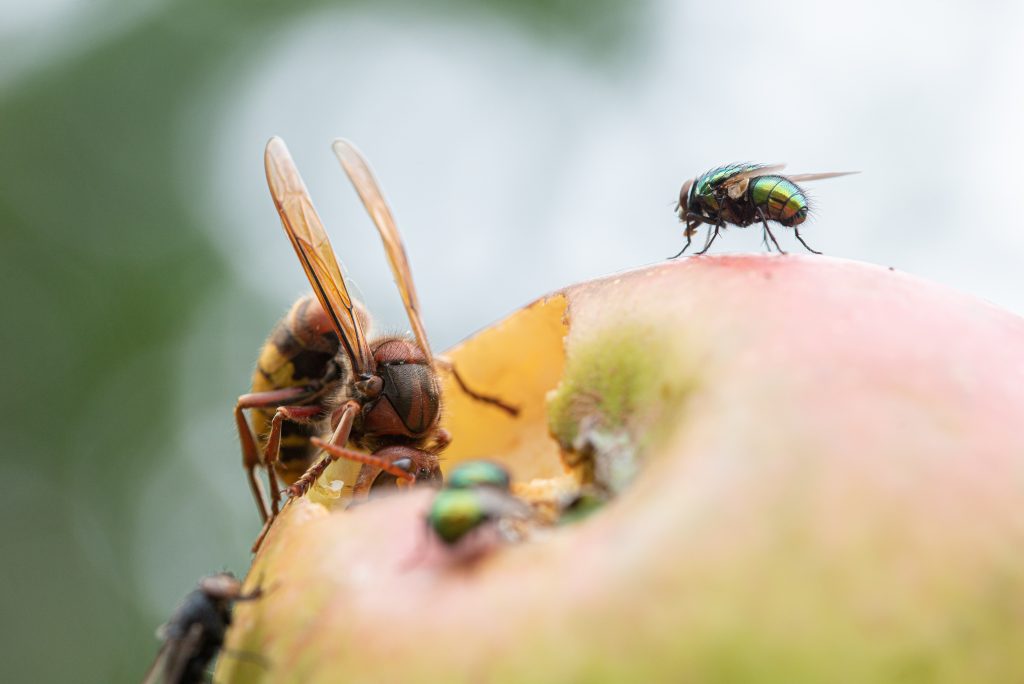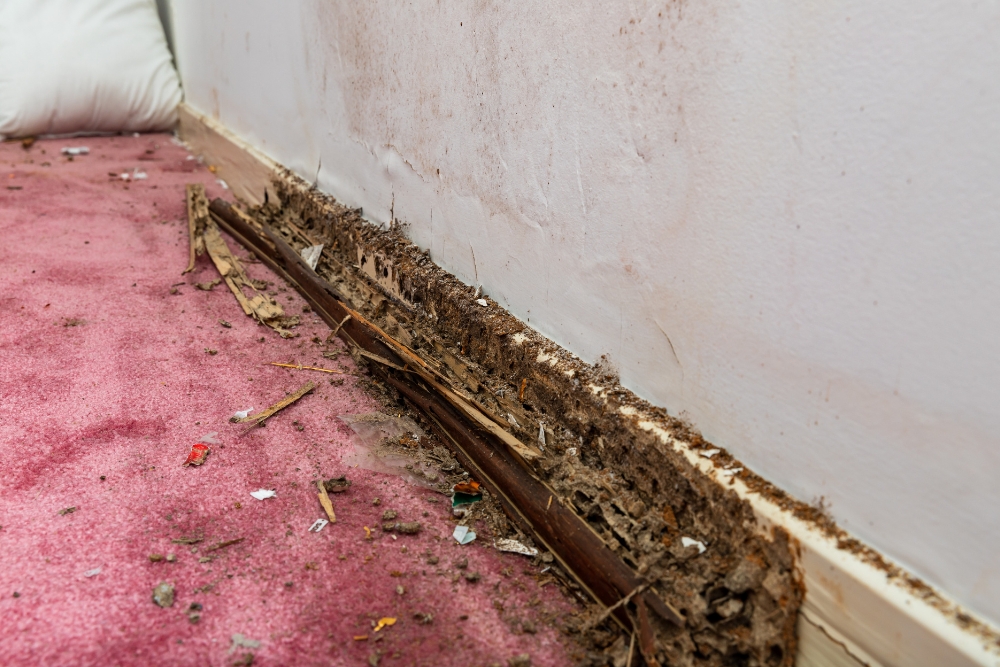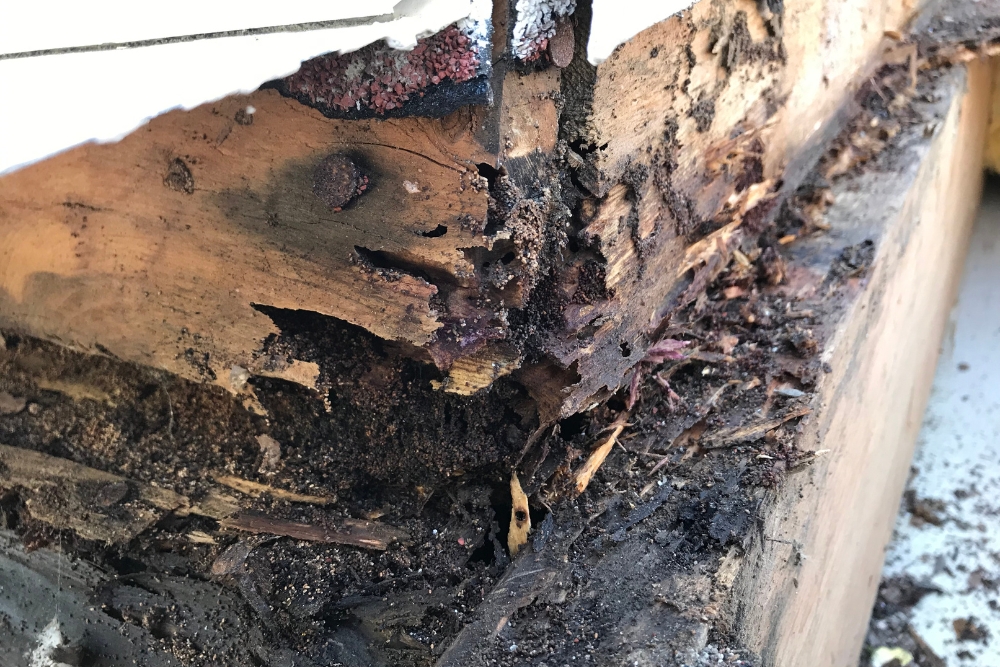Breaking the cycle of fly infestations in Australian homes and buildings begins with understanding and combating their breeding grounds. Flies, those persistent pests that seem to be everywhere, have a breeding cycle that, if not disrupted, can lead to larger infestations.
The key to stopping flies lies in regular pest inspections aimed at identifying and eliminating places where they breed. Keeping our living spaces clean plays a critical role; it means taking out the trash regularly and ensuring food areas are spotless.
Moreover, we can’t overlook the importance of embracing nature-friendly methods such as introducing natural predators or using plant-based insecticides that are gentle on our planet. Another simple yet effective strategy is installing screens on windows and doors to keep flies outdoors.
Professional pest controllers bring expertise and advanced techniques into the fight against fly invasions, offering solutions that not only tackle current problems but also prevent future infestations with minimal harm to our environment.
Dive deeper with us as we explore how targeted pest inspections become our first line of defence in breaking the fly lifecycle for healthier homes and communities. Ready for more?
Key Takeaways
- Regular pest inspections are key to finding and getting rid of places where flies breed, stopping them from becoming a bigger problem.
- Keeping your place clean and tidy is critical. Make sure to chuck out rubbish regularly and keep all food areas spick-and-span to stop flies in their tracks.
- Use nature-friendly methods for tackling fly issues, like introducing natural predators that munch on pests or opting for plant-based insecticides that don’t harm the planet.
- Installing screens on windows and doors can keep flies outside, reducing the chances of them laying eggs inside your home.
- Professional pest controllers have the smarts and tools needed to effectively fight off fly infestations, offering long-term solutions with minimal environmental impact.
Understanding the Breeding Cycle of Flies
Understanding the breeding cycle of flies is crucial in implementing effective pest control measures, as it sheds light on their reproductive stages and how these are influenced by seasonal changes. Flies, particularly common household varieties like the house fly, undergo a complete metamorphosis that includes egg, larva (maggot), pupa, and adult stages, with warmer seasons typically seeing a surge in their activity and breeding rates.
This knowledge is not only pertinent to flies but extends to other common household pests as well, each having specific breeding cycles that can affect the frequency and scale of infestations. Being aware of these cycles allows homeowners and pest control professionals to anticipate and curb the population growth of these pests more efficiently.
Ultimately, a deeper understanding of pest breeding patterns is a powerful tool in maintaining a pest-free environment, minimising the risk of infestation and the spread of diseases associated with these unwelcome guests.
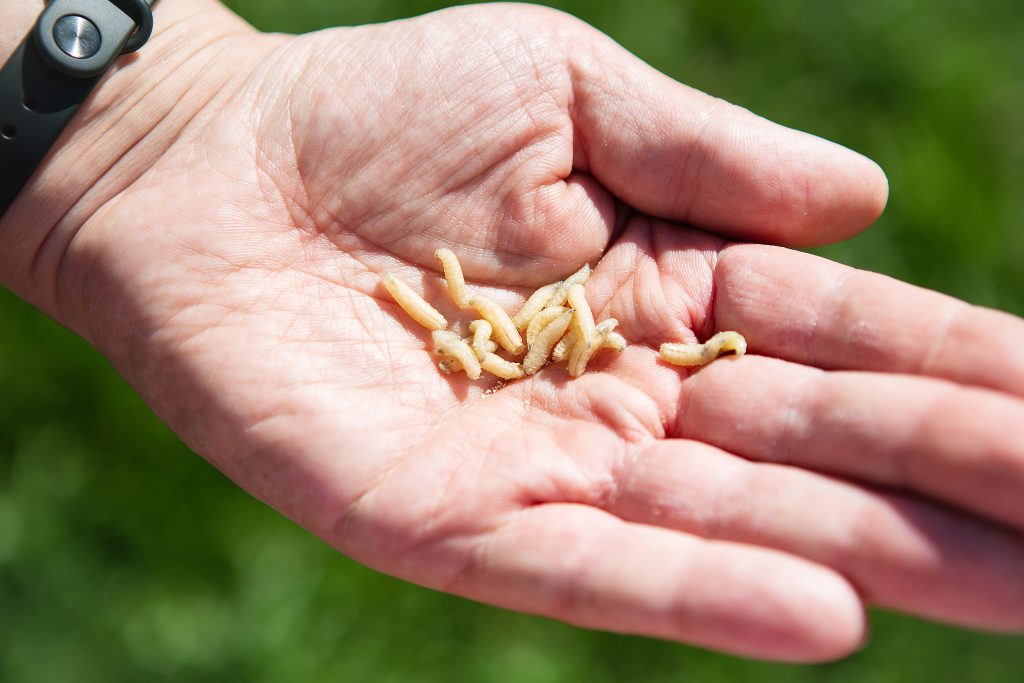
The importance of knowing reproductive stages
Knowing the reproductive stages of pests especially flies, plays a crucial role in breaking their lifecycle and putting a stop to infestations. By identifying specific phases such as egg-laying times and larval development periods, we can target interventions more effectively.
For instance, eliminating breeding sites during the early stages prevents future generations from taking over our spaces. This approach not only helps in reducing the nuisance caused by flies but also supports sanitation standards by keeping our environments cleaner and healthier.
We apply this knowledge across all pest management strategies, ensuring that each step is aimed at disrupting fly breeding grounds before they become a problem. Tailoring our actions based on these cycles allows us to implement Integrated Pest Management (IPM) techniques more efficiently.
As we move into discussing how seasonal changes impact fly activity, it becomes clear that understanding reproductive stages offers us an upper hand in pest control efforts.
Impact of seasons on fly activity
Flies are most active during warmer weather, especially in the summer months. The temperature rise provides ideal conditions for fly breeding and rapid population growth. In contrast, cooler seasons can slow down fly activity and reduce their reproduction rates significantly.
Understanding these seasonal variations is crucial when implementing pest control measures to effectively manage fly infestations throughout the year.
Different weather patterns directly influence the life cycle of flies, affecting their breeding frequency and habitat preferences. Consequently, homeowners should be vigilant about potential infestation risks during warmer months while prioritising preventive efforts during periods of lower activity to curb future outbreaks.
Specific breeding cycles of common household pests
Common household pests like flies, cockroaches, and fruit flies have rapid breeding cycles. Flies lay eggs in decaying organic matter such as food waste, while cockroaches reproduce quickly by laying egg cases containing multiple eggs.
Fruit flies are known for their ability to reproduce rapidly on overripe fruits and vegetables. Understanding the reproductive stages and preferred breeding sites of these pests is crucial for effective pest control measures. Regular inspections can help identify potential breeding grounds early on and prevent infestations.
Ways to Prevent Fly Infestations
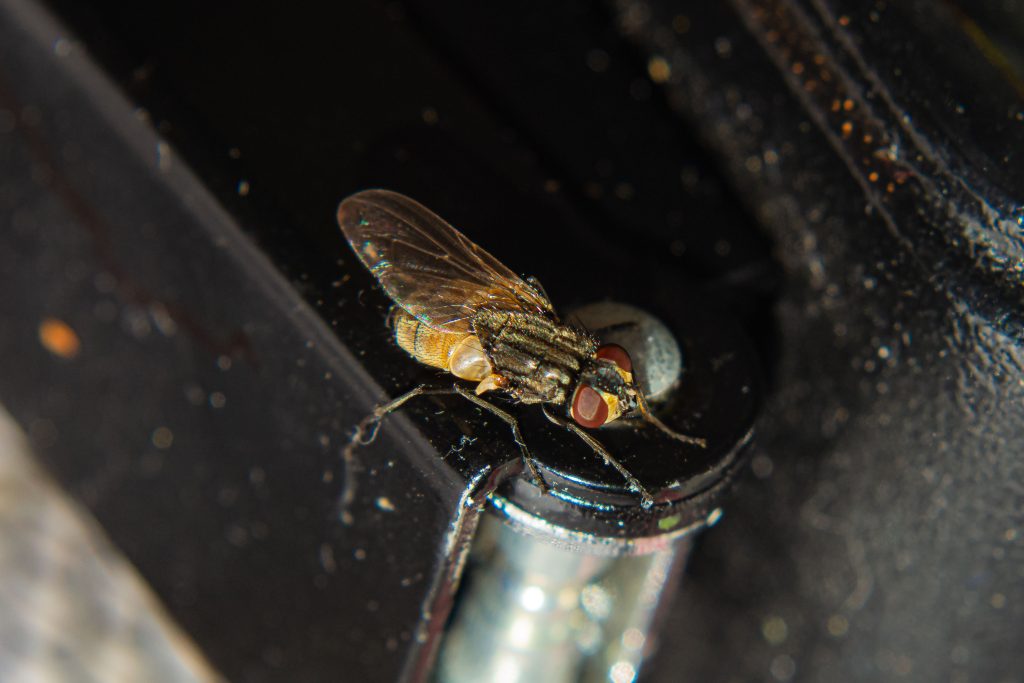
Preventing fly infestations requires a firm commitment to sanitation and hygiene throughout one’s living and working environments. By ensuring that areas are clean and free of food debris, the attraction for flies significantly decreases, thwarting their interest in making your space their breeding ground.
Additionally, the elimination of potential breeding sites, such as rotting organic matter, overly ripe fruit, and any form of standing water, is paramount in disrupting the life cycle of flies. This includes routinely checking and clearing gutter systems, sealing trash bins, and keeping outdoor dining areas spotless.
Implementing these measures forms a robust defence against fly infestations, protecting health and maintaining the quality of living spaces by reducing the risk of the diseases that flies can spread.
Sanitation and hygiene standards
Maintaining high sanitation and hygiene standards is crucial in preventing fly infestations. Here are practical measures to implement:
- Regularly empty and clean rubbish bins to eliminate breeding sites.
- Keep food preparation areas clean and free from spills or crumbs that can attract flies.
- Install screens on windows and doors to prevent flies from entering the premises.
- Properly dispose of pet waste and keep outdoor areas free from decaying organic matter.
- Ensure that drains are regularly cleaned to prevent the buildup of organic matter where flies can breed.
- Implement a regular cleaning schedule for all areas of the property, including hard-to-reach spots such as behind appliances and under furniture.
- Educate household members or employees about the importance of maintaining cleanliness to prevent fly infestations.
These measures, when consistently implemented, contribute significantly to creating an environment inhospitable for fly breeding, thus minimising the risk of infestation while promoting overall health and well-being in our living spaces.
Targeting and eliminating breeding sites
To prevent fly infestations, it’s crucial to effectively target and eliminate breeding sites. Here are the ways to achieve this:
- Regularly inspect and clean garbage bins, ensuring they are tightly sealed.
- Keep compost piles covered and away from the house to discourage fly breeding.
- Eliminate any standing water around your property, such as in bird baths or clogged gutters.
- Dispose of pet waste promptly and keep their living areas clean and dry.
- Seal any cracks or crevices in the home’s exterior to prevent fly entry and potential breeding sites.
By implementing these strategies, homeowners, building inspectors, and pest inspectors can effectively target and eliminate fly breeding sites, contributing to a pest-free environment.
Implementation of Integrated Pest Management (IPM)
Implementing Integrated Pest Management (IPM) involves a holistic approach to pest control, focusing on prevention and long-term solutions. By combining biological, cultural, physical, and chemical control methods judiciously, IPM reduces the reliance on pesticides while effectively managing pests.
Regular monitoring and the use of natural predators are key components of IPM. This sustainable approach considers environmental impact and ensures that pest populations are kept below damaging levels.
Through IPM, we can address infestations by identifying specific breeding grounds and implementing targeted tactics for fly prevention. Utilising this strategy allows homeowners, building inspectors, and pest inspectors to stay ahead of potential infestations proactively rather than reacting after the fact.
Pest Inspections for Fly Breeding Grounds
Regular pest inspections play a vital role in the early identification and eradication of potential fly breeding sites, significantly reducing the risk of infestation. Through these inspections, professionals can spot the often-overlooked nooks and crannies that may harbour fly eggs or larvae, such as drains, compost piles, and other damp, organic-rich areas.
By pinpointing these sites, effective measures can be promptly taken to remove or treat them, breaking the life cycle of flies before it can escalate into a more significant problem. Moreover, pest inspections provide valuable insights into preventative strategies that homeowners can adopt to minimise attraction and access for flies, such as securing waste bins and managing compost correctly.
Understanding the importance of these inspections and acting upon their findings can lead to a cleaner, healthier living environment, free from the nuisances and health risks associated with fly infestations.

Importance of regular inspections
Regular inspections are vital in identifying and addressing potential fly breeding grounds. By conducting thorough pest inspections, we ensure early detection of breeding sites, preventing infestations before they become a nuisance.
Regular monitoring also allows for quick intervention, eliminating the likelihood of recurrent outbreaks. Inspections not only pinpoint existing issues but also enable proactive measures to eradicate potential breeding areas, safeguarding homes and properties from fly infestations.
We understand the significance of regular inspections in maintaining a pest-free environment and preventing fly proliferation. Now let’s explore effective ways to identify and eliminate potential breeding grounds for flies.
Identifying and eliminating potential breeding grounds
To prevent fly infestations, it’s crucial to identify and eliminate potential breeding grounds. Here are some effective strategies:
- Regularly clean up pet waste, spilled food, and garbage in the yard to remove potential fly attractants.
- Ensure that compost bins are tightly sealed and away from living spaces to prevent flies from laying eggs in organic matter.
- Repair any leaking faucets or pipes to eliminate stagnant water sources that can serve as breeding grounds for flies.
- Keep outdoor areas well-maintained by mowing lawns, trimming vegetation, and disposing of decaying organic materials promptly.
- Install screens on doors and windows to prevent flies from entering living spaces and laying eggs indoors.
- Use insecticides targeted at fly breeding areas, like manure piles or damp soil around water sources, following label instructions for safe application.
Professional Pest Control Solutions
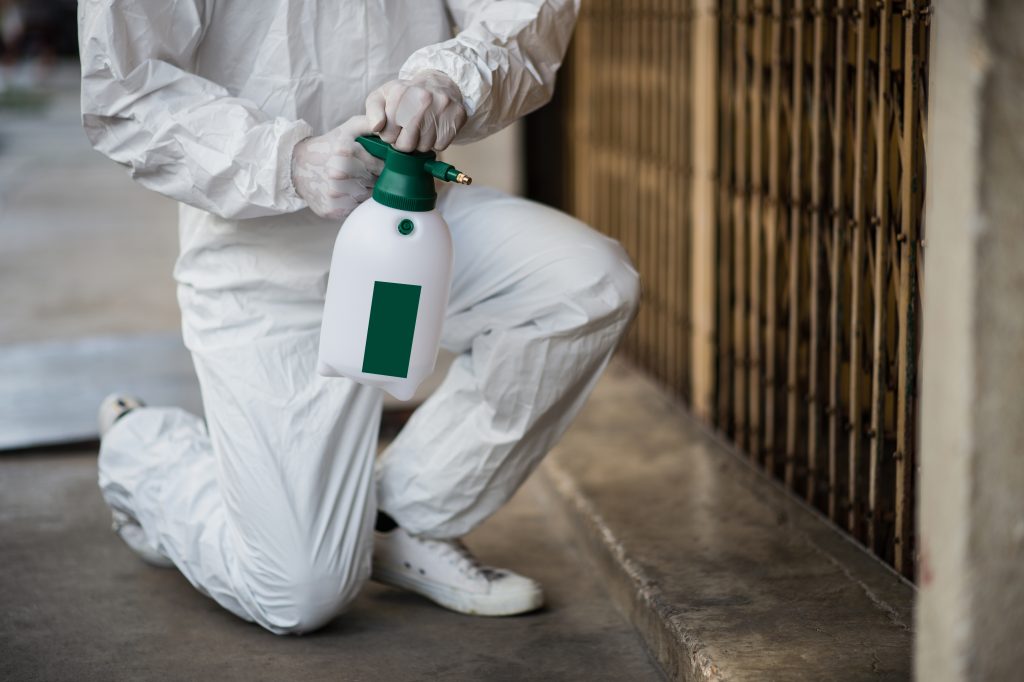
Professional pest control services bring a wealth of knowledge and expertise when it comes to executing effective fly control strategies, ensuring that the methods used are not only efficient but also environmentally conscious. These experts are well-versed in a variety of organic solutions that safely mitigate fly populations without resorting to harsh chemical treatments that could harm your home’s inhabitants or the surrounding ecosystem.
From introducing natural predators and using botanical insecticides to employing traps that disrupt the breeding cycle, professionals can tailor a plan that suits the specific needs of your home while maintaining ecological integrity. This approach not only helps in keeping fly infestations at bay but also supports a healthier, more sustainable living environment.
Dive into our full article to explore in detail how these environmentally friendly and organic pest control options can protect your home from flies while aligning with your green principles.
Benefits of hiring a pest control service
Hiring a professional pest control service offers several benefits, ensuring a thorough and effective elimination of fly breeding grounds.
- Expertise in Implementing Effective Fly Control Techniques: Pest control services possess the knowledge and tools to effectively tackle fly infestations using proven techniques.
- Organic and Environmentally Friendly Options: Professionals provide eco-friendly solutions, minimising the environmental impact while eradicating pests from your property.
- Comprehensive Inspection and Treatment: They conduct meticulous inspections to identify breeding sites and implement tailored treatments to address the issue.
- Long-Term Prevention: Professional pest control services offer ongoing support, helping homeowners maintain a pest-free environment for the long term.
- Compliance with Regulations: By hiring a professional service, homeowners can ensure that their pest control measures adhere to relevant regulations and standards.
These services not only offer effective solutions but also peace of mind for homeowners seeking comprehensive fly control measures for their properties.
Expertise in implementing effective fly control techniques
We implement effective fly control techniques using organic and environmentally friendly options. Our expertise ensures the use of integrated pest management (IPM) to target and eliminate breeding sites, preventing infestations without harming the environment.
Professional pest inspections help identify and eradicate potential breeding grounds, providing homeowners with peace of mind and effective prevention against nuisance flies.
Organic and environmentally friendly options
Explore organic and environmentally friendly pest control alternatives that are safe for your family, pets, and the environment. Implementing natural predators like parasitic wasps or nematodes can help in managing fly infestations without compromising environmental health.
Additionally, consider using botanical insecticides made from natural plant extracts to target specific pests without harmful chemical residues. These eco-friendly options not only effectively manage fly populations but also contribute to a sustainable and greener approach to pest control.
Integrating beneficial insects such as ladybugs and lacewings into your ecosystem is another proactive method of controlling flies naturally. These predatory insects feed on common pests while maintaining ecological balance in your surroundings.
Call Us!
In breaking the cycle of fly infestations, we’ve delved into understanding the reproductive stages and seasonal impacts on fly activity. Implementing sanitation standards and targeting breeding sites are practical ways to prevent infestations.
Regular pest inspections for fly breeding grounds are essential in identifying and eliminating potential breeding sites. Professional pest control services offer expertise in implementing effective fly control techniques, including organic and environmentally friendly options.
Have you considered how these strategies can impact your home or business? With the right approach, significant improvements in controlling pests can be achieved with ease and efficiency.
